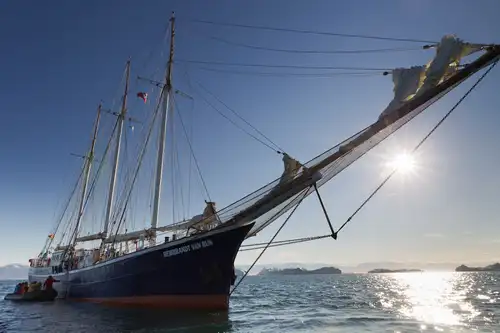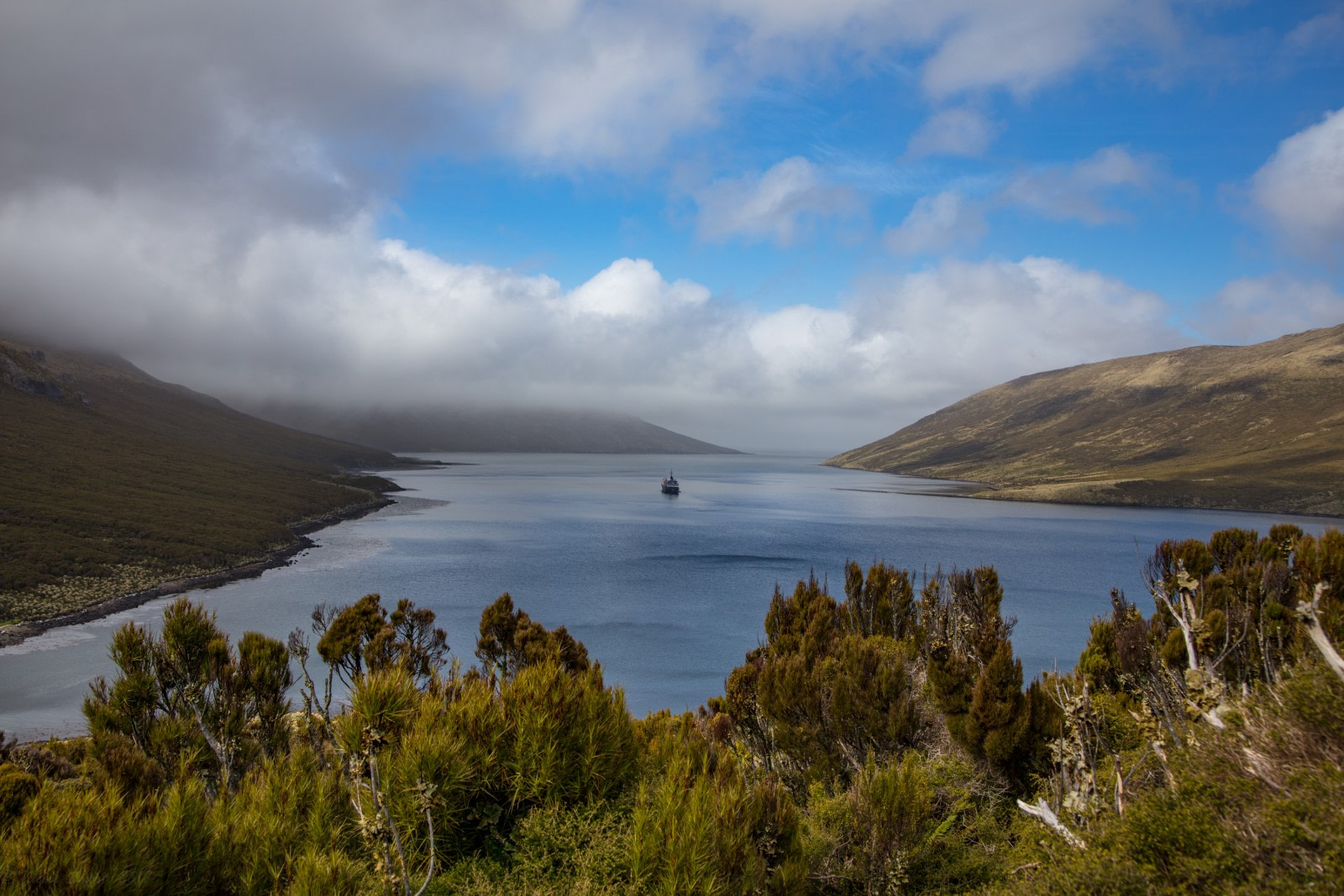New Zealand is a renowned destination globally, and for good reason: It’s absolutely stunning. Almost every corner is filled with unparalleled beauty. But did you know that New Zealand includes several sub-Antarctic Islands that are almost completely unknown?
Background on a sub-Antarctic paradise
New Zealand is home to five sub-Antarctic island groups:
- Campbell Islands (Motu Ihupuku)
- Auckland Islands (Motu Maha)
- Snares (Tini Heke)
- Bounty Islands
- Antipodes Islands.
The Campbell Islands are New Zealand’s southernmost island group. They comprise the main and largest island, Campbell Island, with Dent and Jacquemart islands being the next largest. Campbell Island was discovered on 4 January, 1810, by Frederick Hasselburgh, captain of the Perseverance, and declared a nature reserve in 1954.
The Campbell Island group is best known for its flora and fauna, much of which is endemic to Campbell Island and other sub-Antarctic Islands. Sheep (for farming) and rats (on accident) were introduced to the Campbell Islands long ago but have since been eradicated due to extensive efforts by New Zealand’s Department of Conservation.
In the following years, however, New Zealand has allowed the native flora and fauna to bounce back.
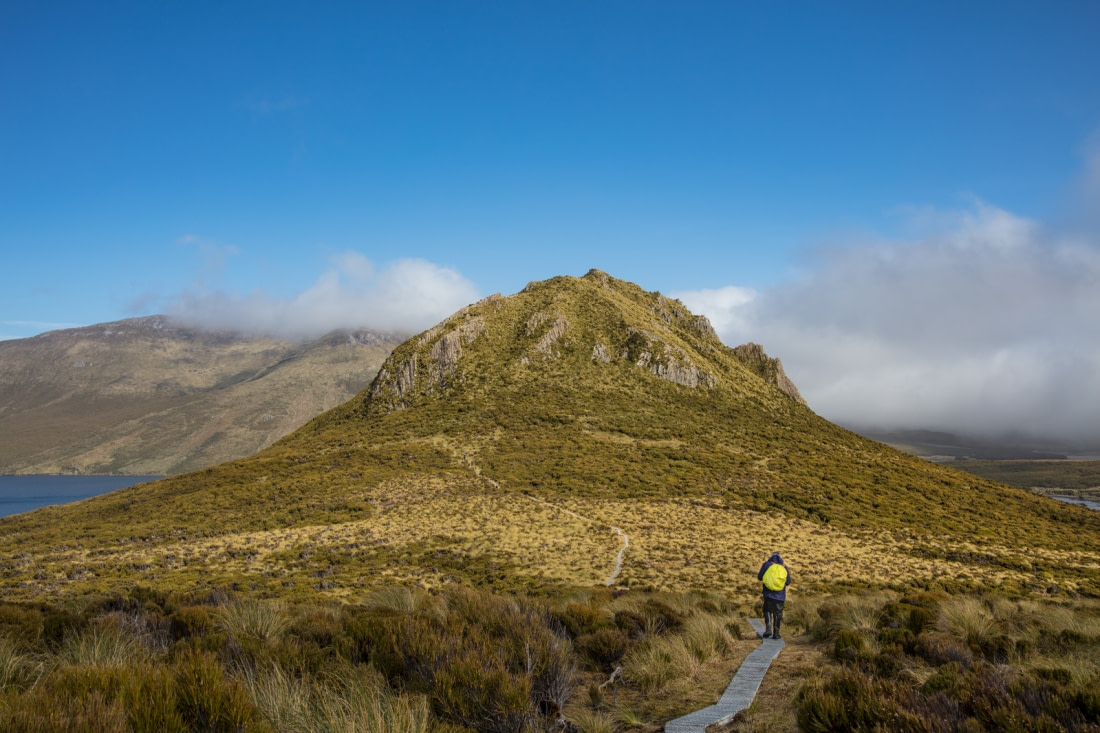
Cruising to Campbell Island
Campbell Island is located nearly 700 kilometers (435 miles) south of Bluff, New Zealand, where 100 Antarctica cruise passengers (myself included) boarded m/v Ortelius for our spectacular Ross Sea adventure.
After almost 40 hours at sea, we arrived just offshore in Campbell Island’s Perseverance Harbor. It was here that we boarded Zodiacs for the first landing of our 32-day journey.
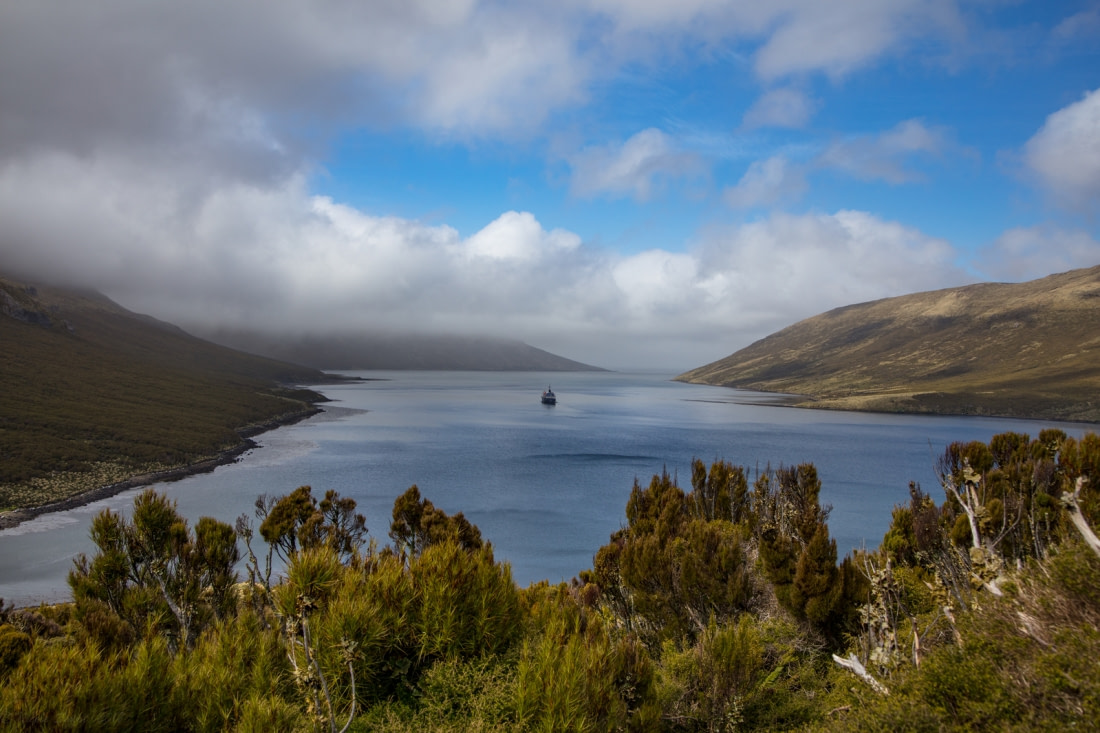
Our first encounter: an erect-crested penguin
As we approached the greenest patch of land we would see for the next month, the sun began to break through the tight lock of cloud cover. The hills and tussock grasses of Campbell Island, which sees precipitation roughly 300 days out of the year, were bathed in golden light.
As soon as we stepped off the Zodiacs and onto the island itself, we came across an erect-crested penguin sunning himself on the rocky beach. Soon after that, as we continued along the waterfront to the boardwalk, we were greeted by Campbell Island shags and Campbell Island pipits.

An island in the sun
Continuing onto the boardwalk that skirts the edge of the picturesque Beeman Hill, the sun broke through even further. By this point, Campbell Island felt just like home (mine being Alaska) on a warm fall day.
The only difference was the unique megaherbs crowding the edges of the boardwalk. The strange Campbell Island daisy, Campbell Island carrot, and giant silver-leaf daisy nearly towered over me, making the landscape feel straight from the movie Avatar.
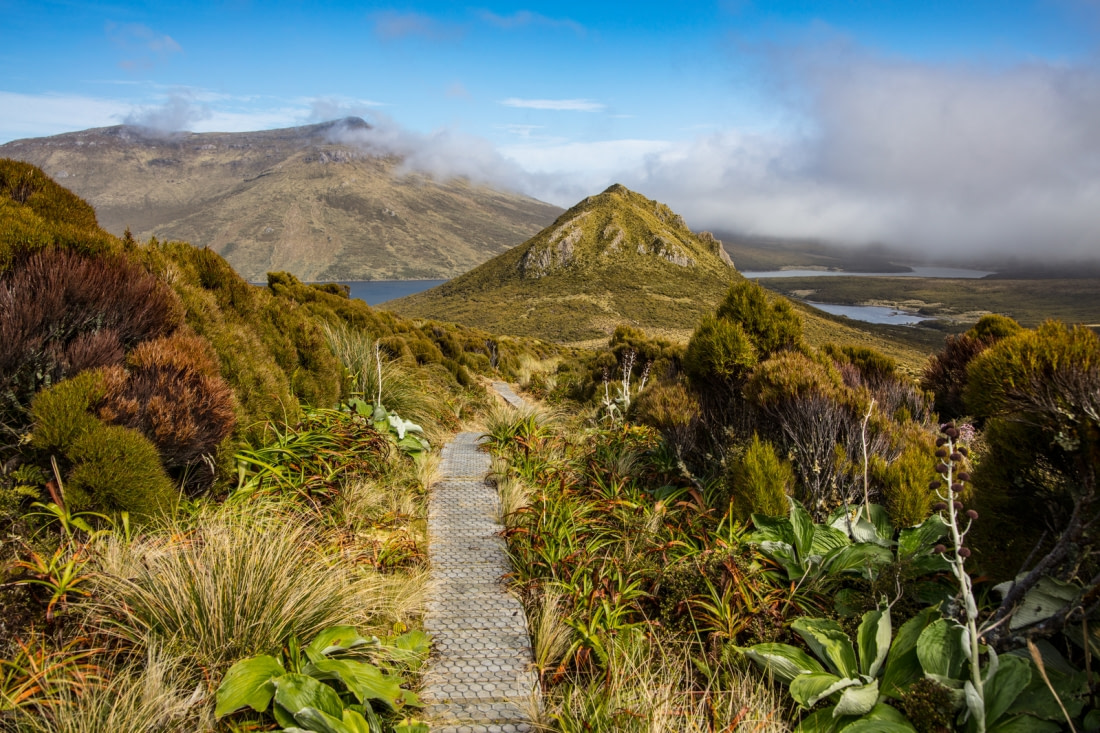
Into the clouds we go
As we approached the 450-meter (1,475 feet) summit, the clouds formed a shroud over the small mountaintop. Soon the ocean, as well as Ortelius in Perseverance Harbor below, disappeared completely. Then out of the fog we saw the giant royal albatrosses emerge.
Avatar meets Jurassic Park
Never in my life had I stood next to birds that could nearly look me in the eye while standing up, birds that would make a great Dane blush. To top it all off, the albatrosses were nesting right off the boardwalk, some so close you needed to step off the other side of the path to make sure to give them enough room. Being shrouded in the mist at Campbell Island made for a more surreal experience with the birds.
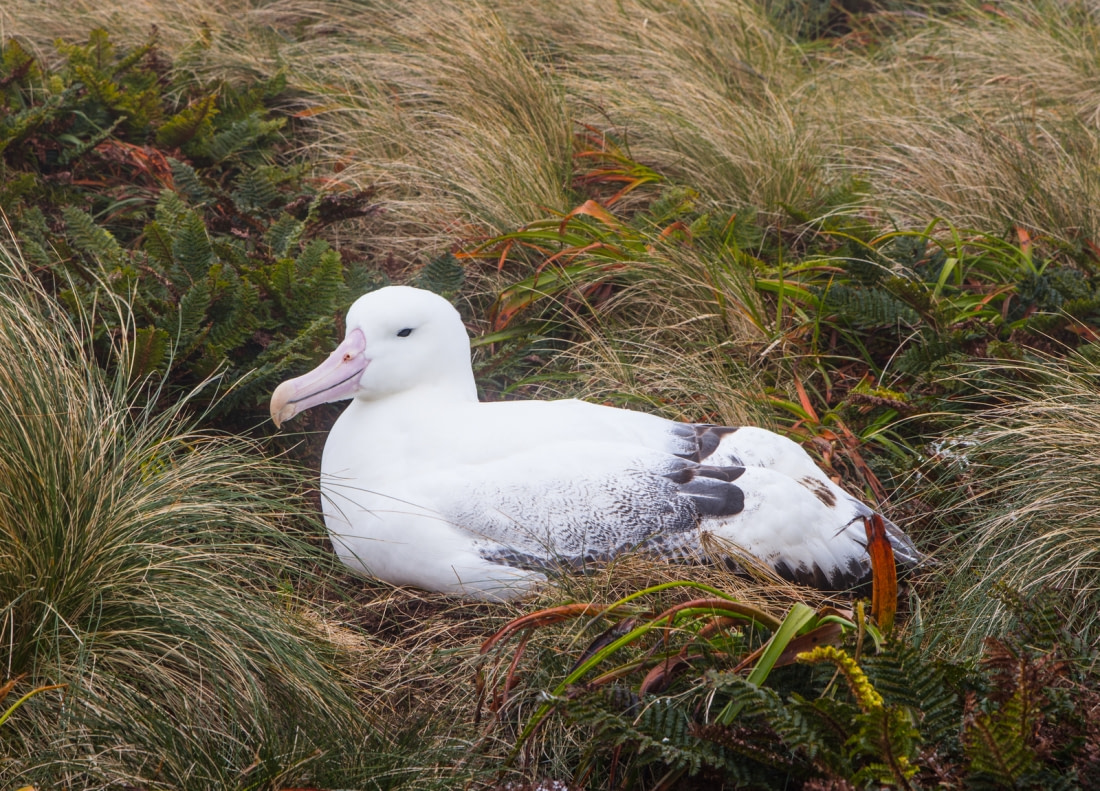
Back down to a clear, sunny day
The farther down we descended, the clearer our views got. I felt right at home with the inlet and green hillsides in sight, with all the contending sunshine and mist and rain.
Zodiac cruising the Campbell Island coast
Being blessed with such nice weather, naturally we had to take advantage of it. We cruised the shores in search of skuas, Campbell Island shags, New Zealand sea lions, Campbell Island teals, and yellow-eyed penguins.
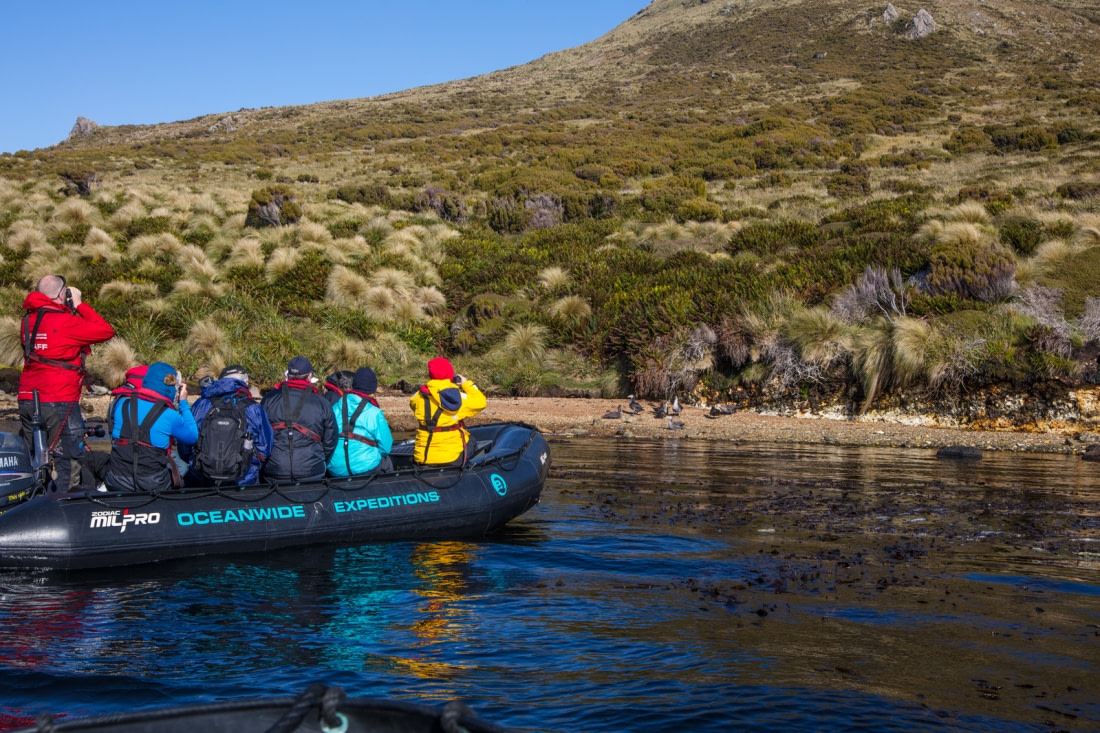
Saying goodbye to green for over a month
As we bobbed along the coast of Campbell Island and back to Ortelius, a rainbow emerged from the clouds. We headed back to our home away from home for the next month. Never had I heard of Campbell Island before I began researching this trip, but what a rewarding experience it was to set foot on so rarely visited a gem!
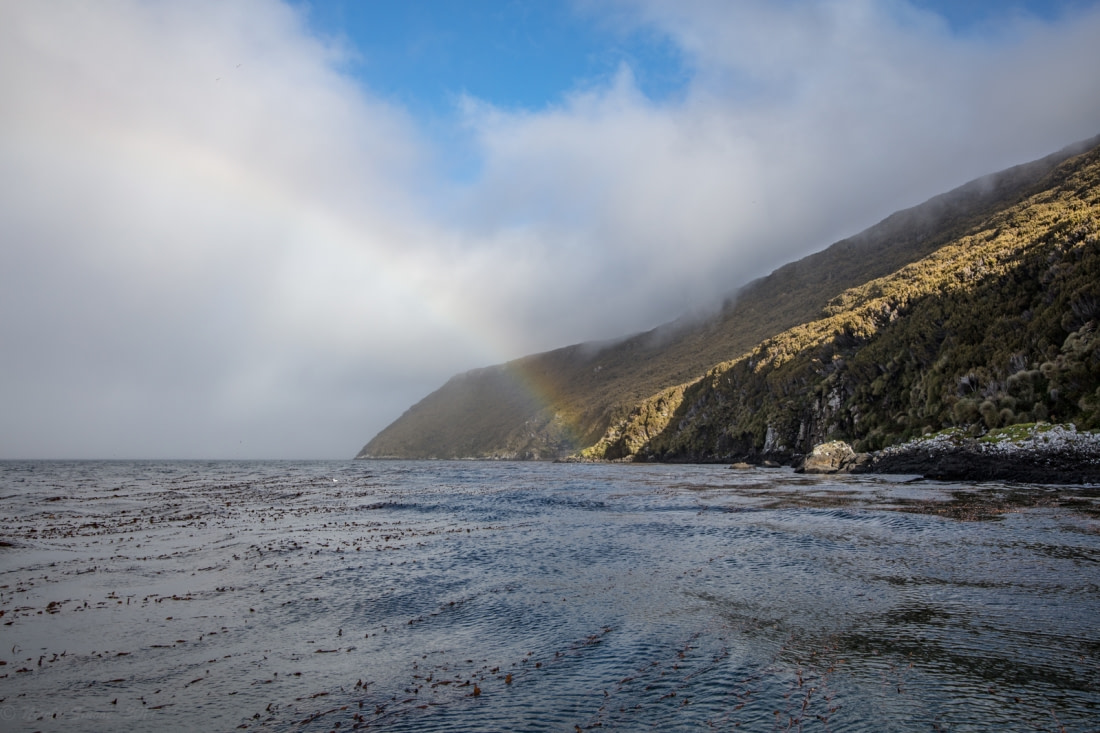
Blog


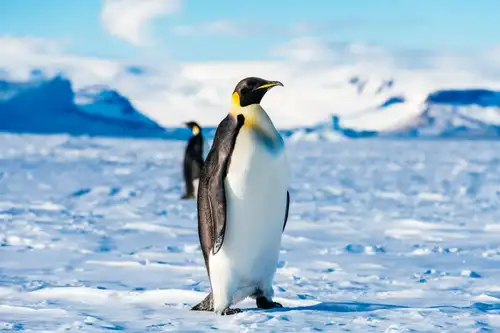
Penguins, Petrels, and Prions: Top Antarctica Bird Tour Spots

The Ins, Outs, and Ups of Polar Mountaineering & Ski Mountaineering

Of Treacherous Rocks & Audacious Fin Whales

The Wildlife of Antarctica’s Seas and Skies
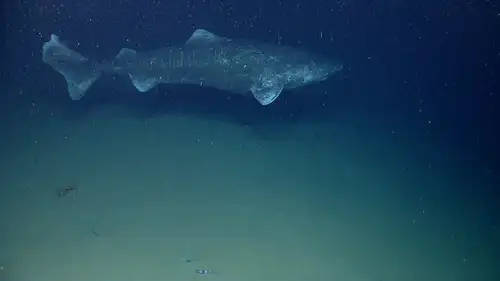
9 Facts about the Greenland Shark
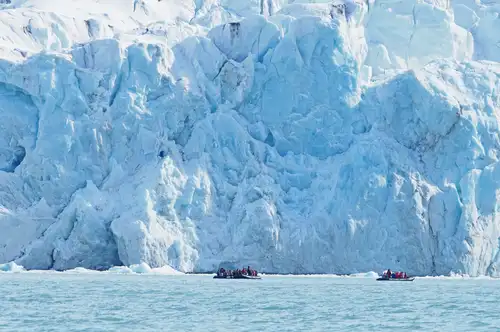
All About Ice: Glaciers and Icebergs of the Arctic and Antarctica
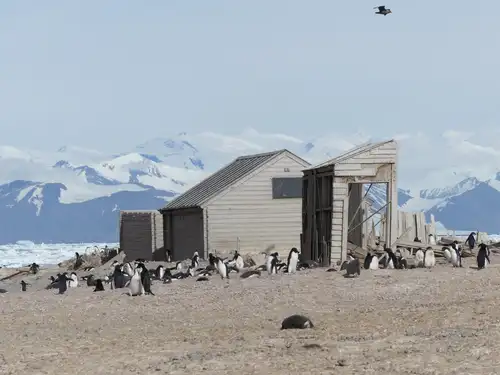
The First Buildings in Antarctica: Borchgrevink’s Historic Huts
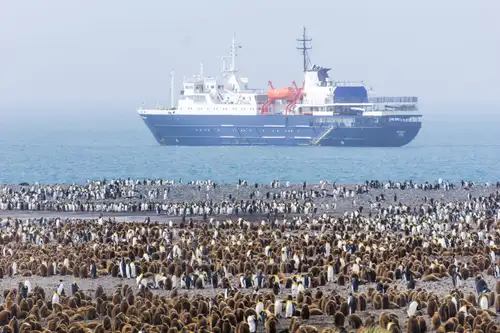
Three Antarctica Cruise Deals

The Eight Albatrosses of Antarctica and the Sub-Antarctic
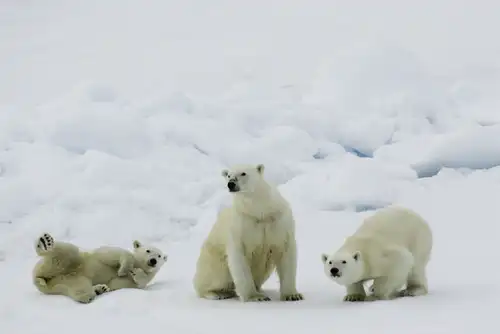
Polar bear encounter in Spitsbergen
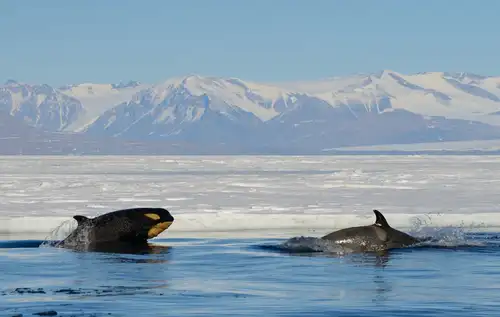
Orcas (aka Killer Whales) of Antarctica and the sub-Antarctic

The Best Arctic and Antarctic Trips for Families
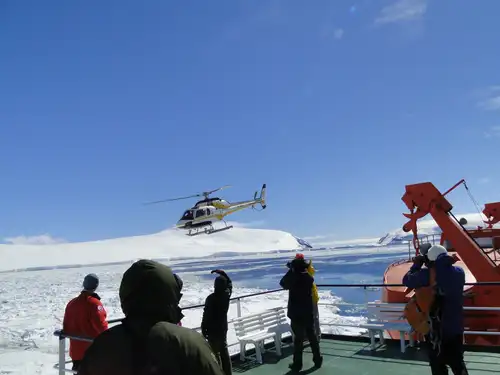
The Wonderful Weddell Sea: Places, Pics, and Impressions
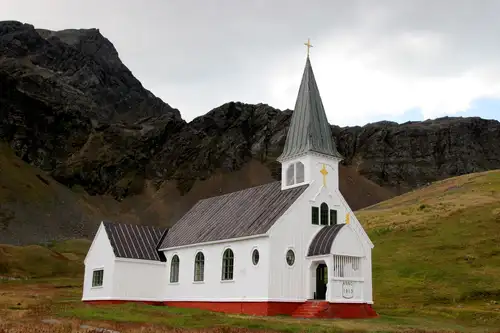
Churches in Antarctica
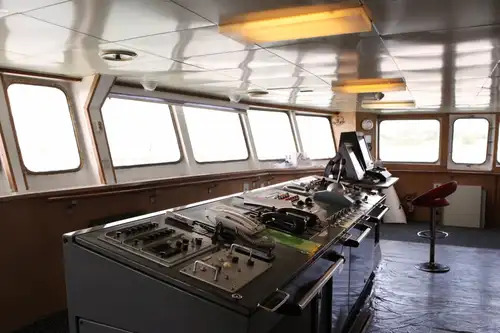
Navigating by touch through the sea ice
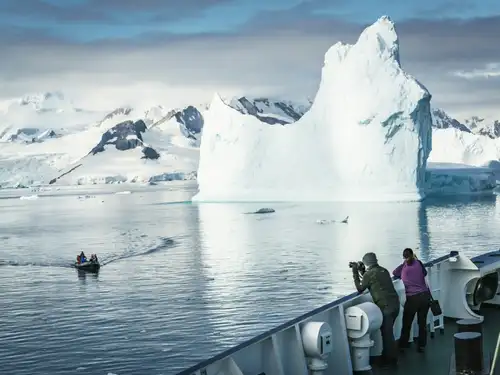
The Classic Polar Cruise: Antarctic Peninsula Facts, Pics, and More
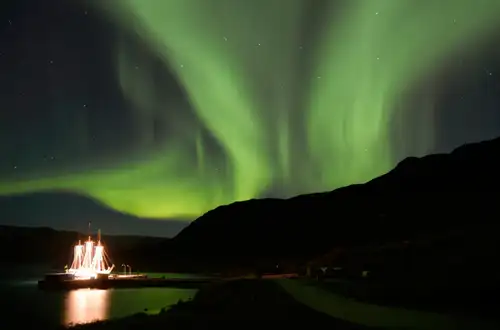
The Northern Lights dancing across the skies
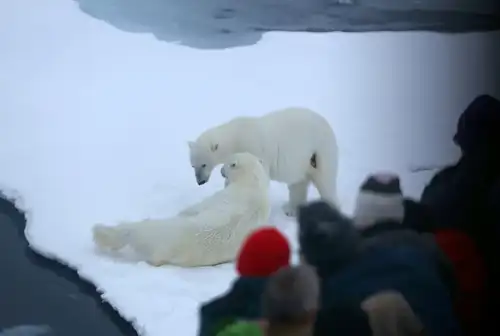
The Pack Ice and Polar Bears of North Spitsbergen

The History of Antarctica in Maps
